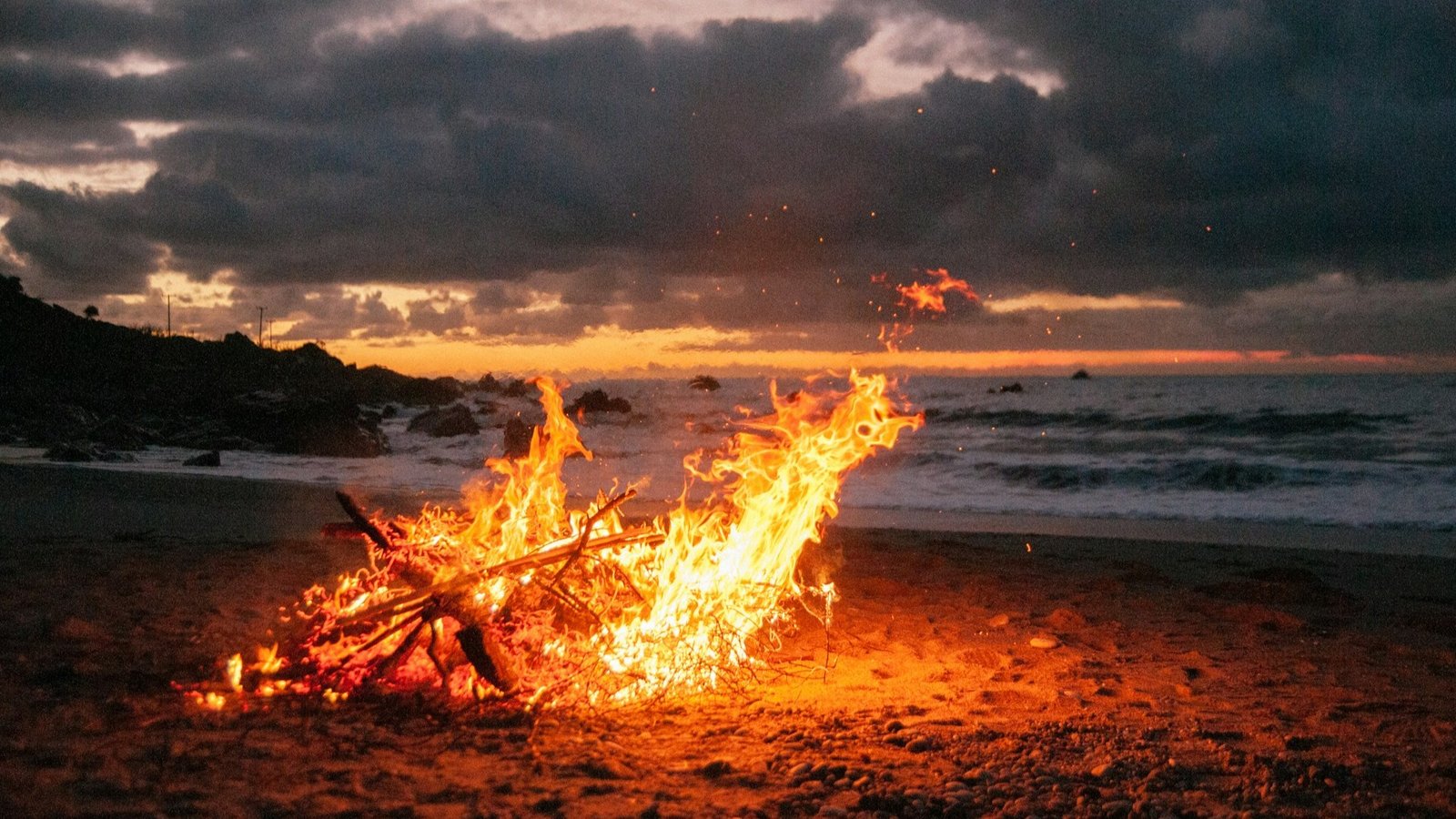The question “Can the ocean catch fire?” may seem like something out of science fiction, but recent events and natural occurrences prove it is not entirely impossible. While water typically extinguishes fire, certain rare conditions can actually cause flames to erupt on or beneath the ocean’s surface. From oil leaks to natural gas seeps, the sea has witnessed surprising moments that challenge our understanding of the natural world. Alongside these occurrences, there are many other strange ocean phenomena that continue to fascinate and puzzle scientists.
This article explores the possibility of a burning ocean and delves into other strange sea events that showcase the ocean’s unpredictability, beauty, and power.
Can the Ocean Catch Fire?
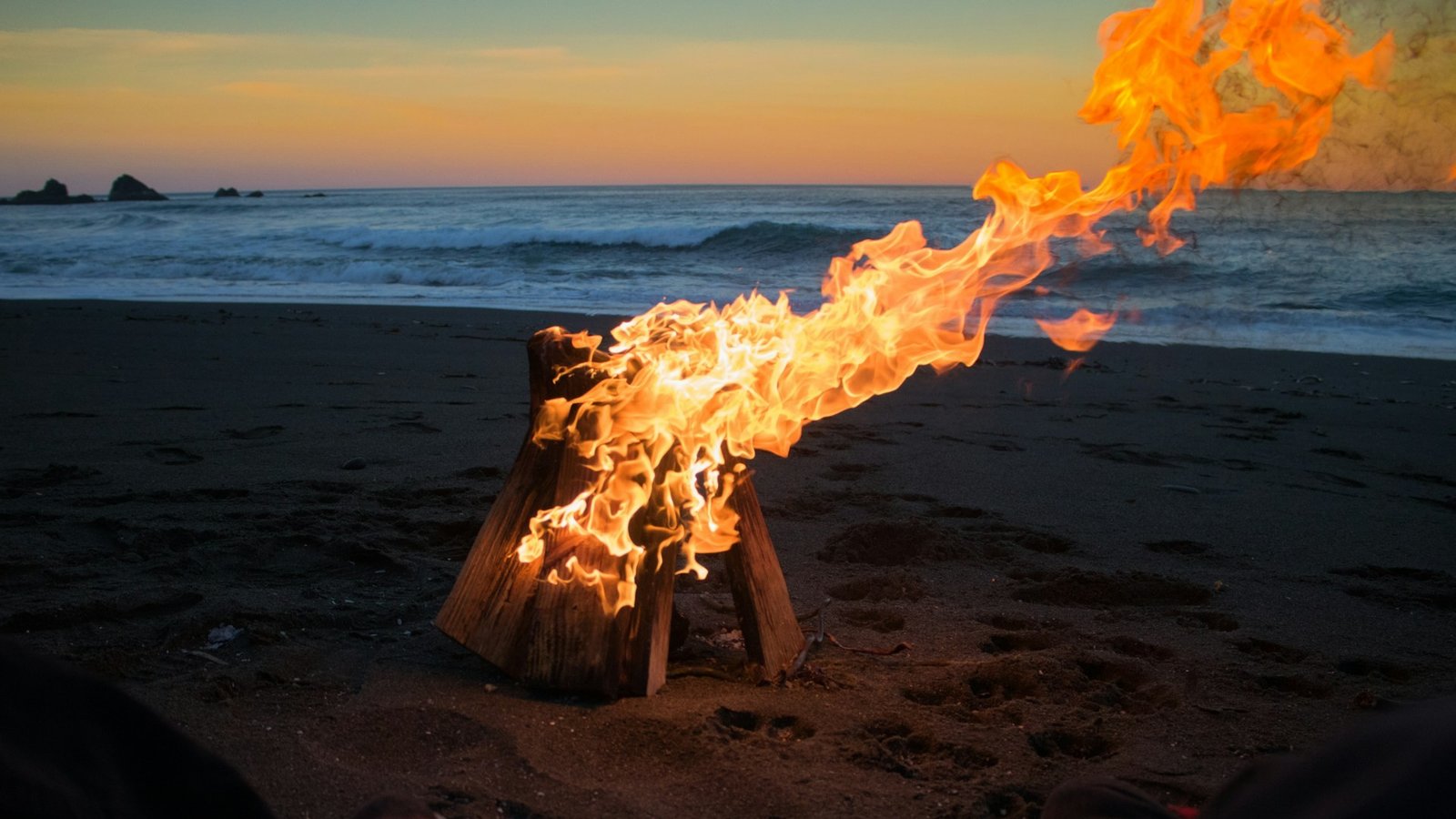
Although water and fire are usually considered opposites, there have been several documented cases of the ocean catching fire. Most of these incidents involve human activity, particularly in the oil and gas industry. One notable example occurred in 2021, when an underwater gas pipeline ruptured in the Gulf of Mexico. The leaking gas ignited, creating a fiery vortex on the surface that appeared to set the ocean ablaze.
In such cases, the burning ocean is not caused by the water itself catching fire, but by flammable substances floating or leaking above it. Methane, oil, and other hydrocarbons can ignite if exposed to sparks or lightning. These events are rare but visually dramatic, highlighting the need for careful management of offshore drilling and industrial operations.
Natural Underwater Fire: Hydrothermal Vents and Gas Seeps

Aside from man-made incidents, there are natural processes that resemble underwater fire. Hydrothermal vents release superheated water and minerals from beneath the seafloor, sometimes reaching temperatures over 700°F. Although there are no actual flames, the environment can appear to be on fire due to the shimmering heat and chemical reactions occurring at these vents.
Another example is methane seeps on the ocean floor. These areas release gas bubbles that can become flammable when they reach the surface. While underwater ignition is extremely unlikely, the presence of these gases contributes to the idea that the ocean can catch fire under specific conditions.
These features serve as reminders that Earth’s geological processes continue to shape the seafloor in remarkable ways.
Bioluminescence: Nature’s Ocean Lighting Phenomena
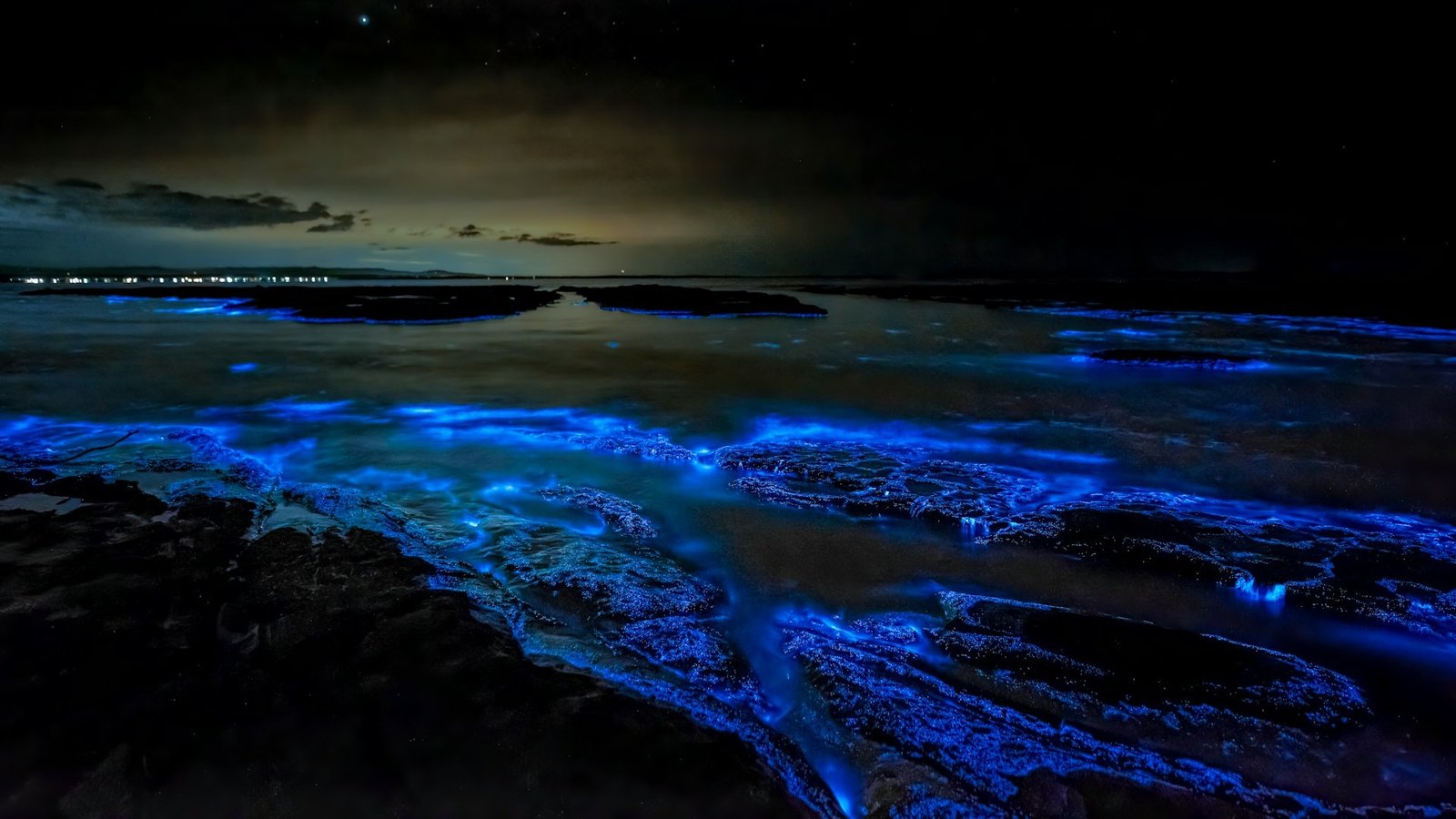
Not all ocean lighting phenomena are destructive. One of the most mesmerizing sights at sea is bioluminescence. Caused by marine organisms such as plankton, jellyfish, and certain fish, bioluminescence is the emission of light through chemical reactions inside living cells.
When disturbed by movement, these organisms emit a glowing blue or green light, creating waves that sparkle in the dark. This glow can sometimes be seen from boats or shorelines, especially in tropical regions. It is one of the most widely observed and magical strange ocean phenomena known to science.
These displays not only enchant onlookers but also serve biological functions, such as predator avoidance and communication.
The Milky Seas Effect: A Glow Spanning Hundreds of Miles
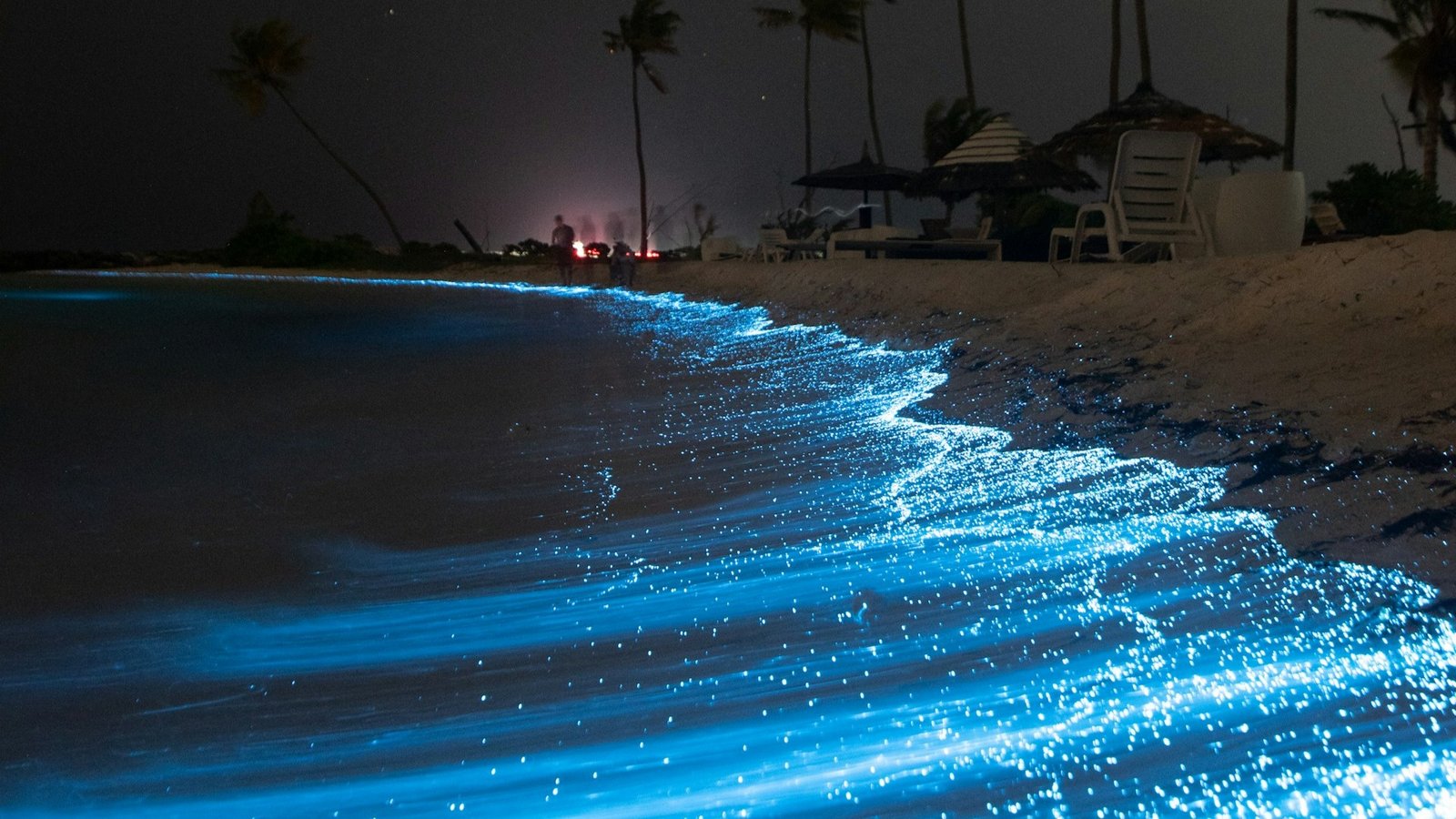
One of the most mysterious and rare phenomena in the sea is the milky sea effect. Unlike typical bioluminescence that flashes briefly, this phenomenon creates a steady, uniform glow across vast stretches of ocean. Sailors have described the sea glowing white for hours, even bright enough to read by.
Satellite imagery and research have confirmed these glowing patches, which can span over 15,000 square kilometers. Scientists believe they are caused by large colonies of bioluminescent bacteria, although the exact triggers and conditions remain unclear.
The milky seas effect is one of the least understood ocean lighting phenomena and continues to intrigue oceanographers around the world.
Fire Ice: Frozen Methane That Can Burn
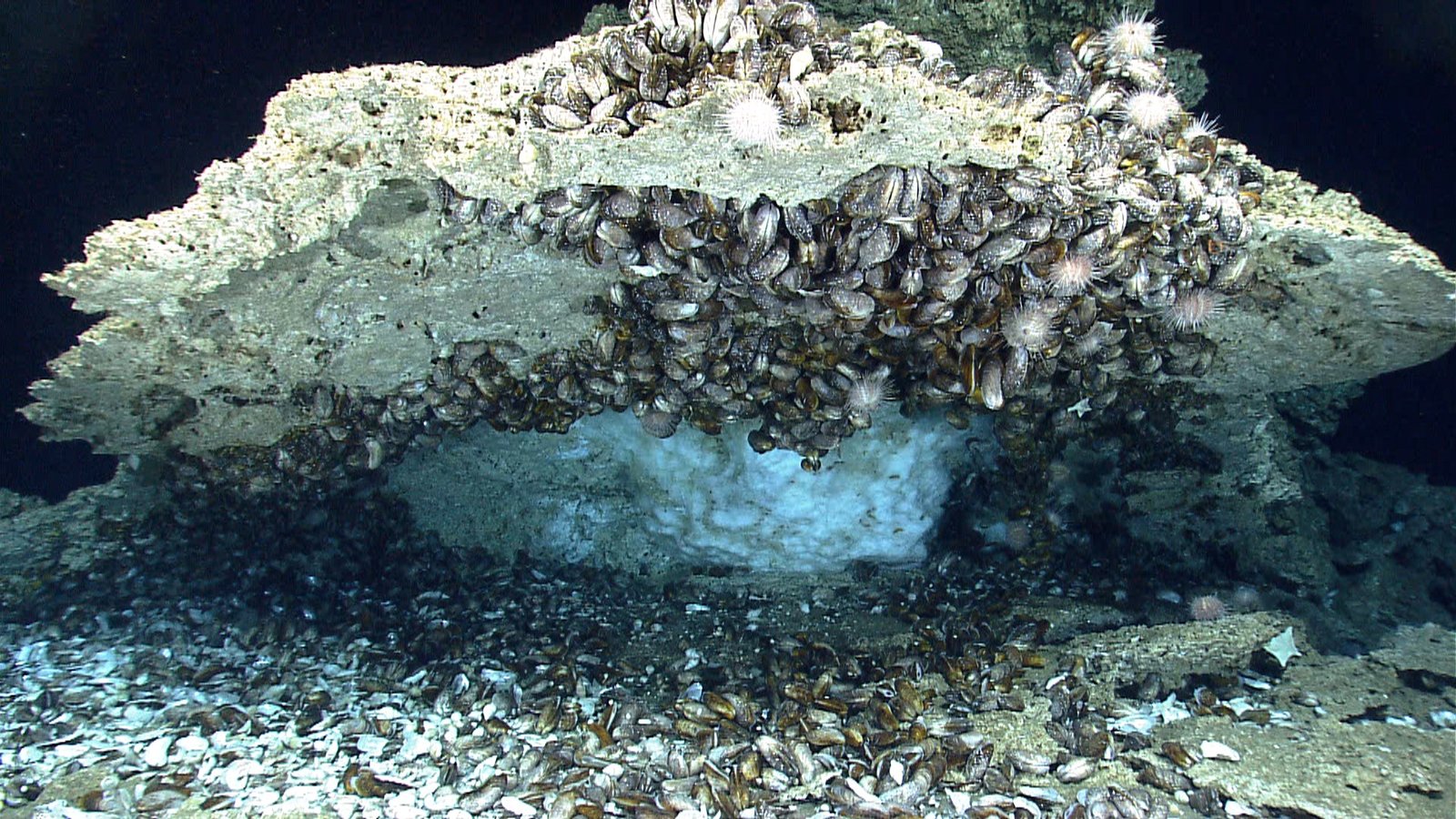
Another seemingly contradictory occurrence is methane hydrate, often referred to as fire ice. Found beneath the ocean floor, this icy substance traps methane gas in a lattice of water molecules. When brought to the surface and warmed, it releases flammable gas that can ignite.
While not a fire under the sea, fire ice represents a potential energy resource and a possible hazard. If destabilized by climate change or drilling, methane hydrates could release large amounts of greenhouse gases.
This adds another dimension to the question of whether the ocean can catch fire, as undersea conditions can produce materials capable of combustion when disturbed.
Underwater Volcanoes: Lava Meets Sea

Volcanic eruptions beneath the ocean create another form of underwater fire. When magma from the Earth’s mantle breaks through the seafloor, it comes into contact with cold seawater, causing violent steam explosions and rapid cooling that form new land.
Underwater volcanoes are mostly hidden, but their effects can be massive. Some even trigger tsunamis or change ocean chemistry. In certain rare cases, the interaction between lava and seawater has caused flammable gas bubbles to reach the surface.
Although they do not cause the burning ocean seen in oil fires, underwater volcanoes are a powerful natural force that contributes to the dynamic behavior of Earth’s marine systems.
Red Tide: Toxic Waters and Glowing Waves
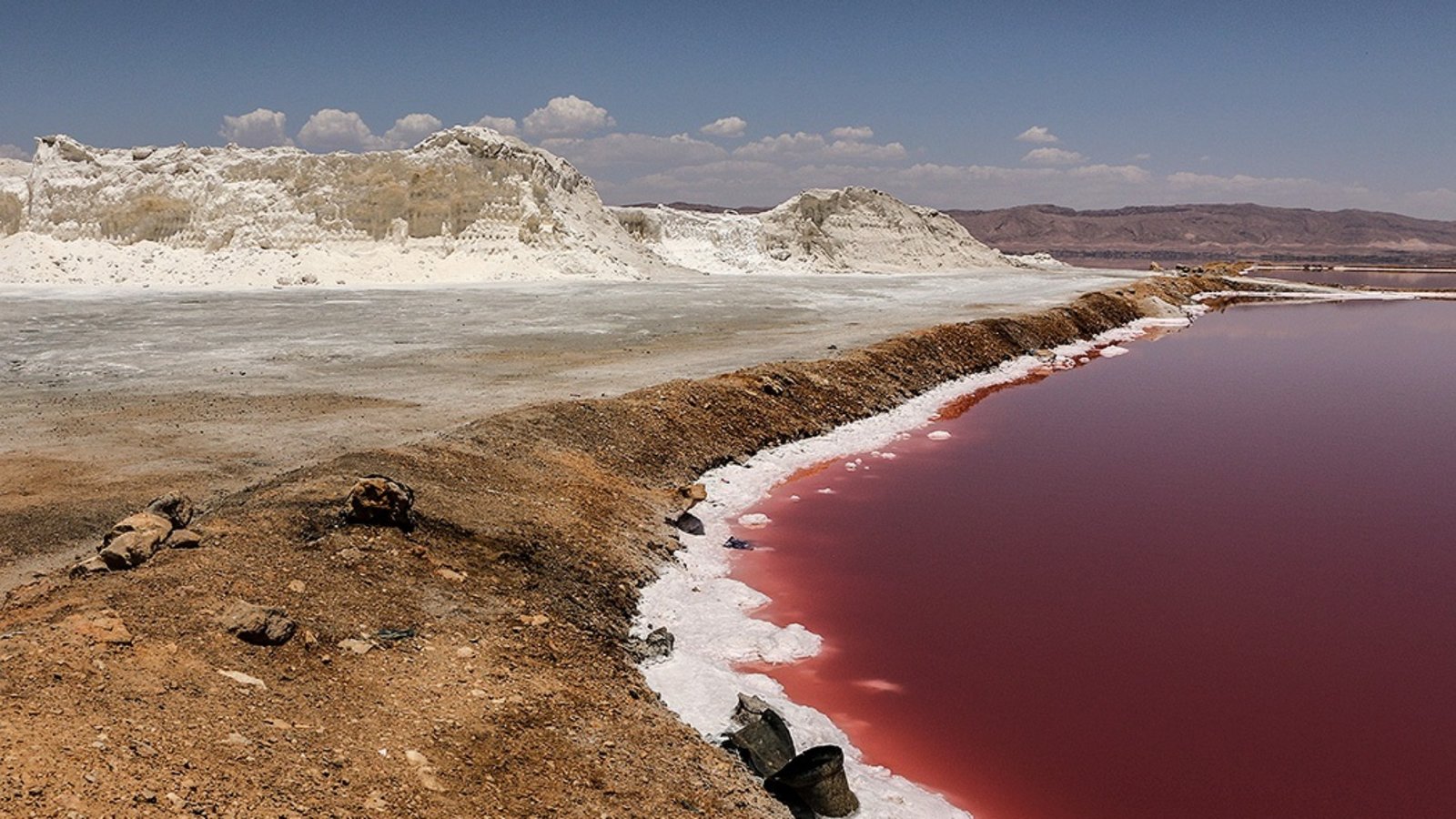
Red tides are another form of strange ocean phenomena, caused by harmful algal blooms. These events occur when large colonies of microscopic algae grow rapidly, often discoloring the water with hues of red, brown, or green.
Some red tides are bioluminescent at night, adding an eerie glow to the waves. However, they can also produce toxins harmful to marine life and humans. Fish kills, shellfish poisoning, and respiratory irritation are common during these blooms.
Red tides are a natural but increasingly frequent phenomenon, part of a growing array of unusual sea events, intensified by nutrient pollution and ocean warming.
Rogue Waves and Freak Swells
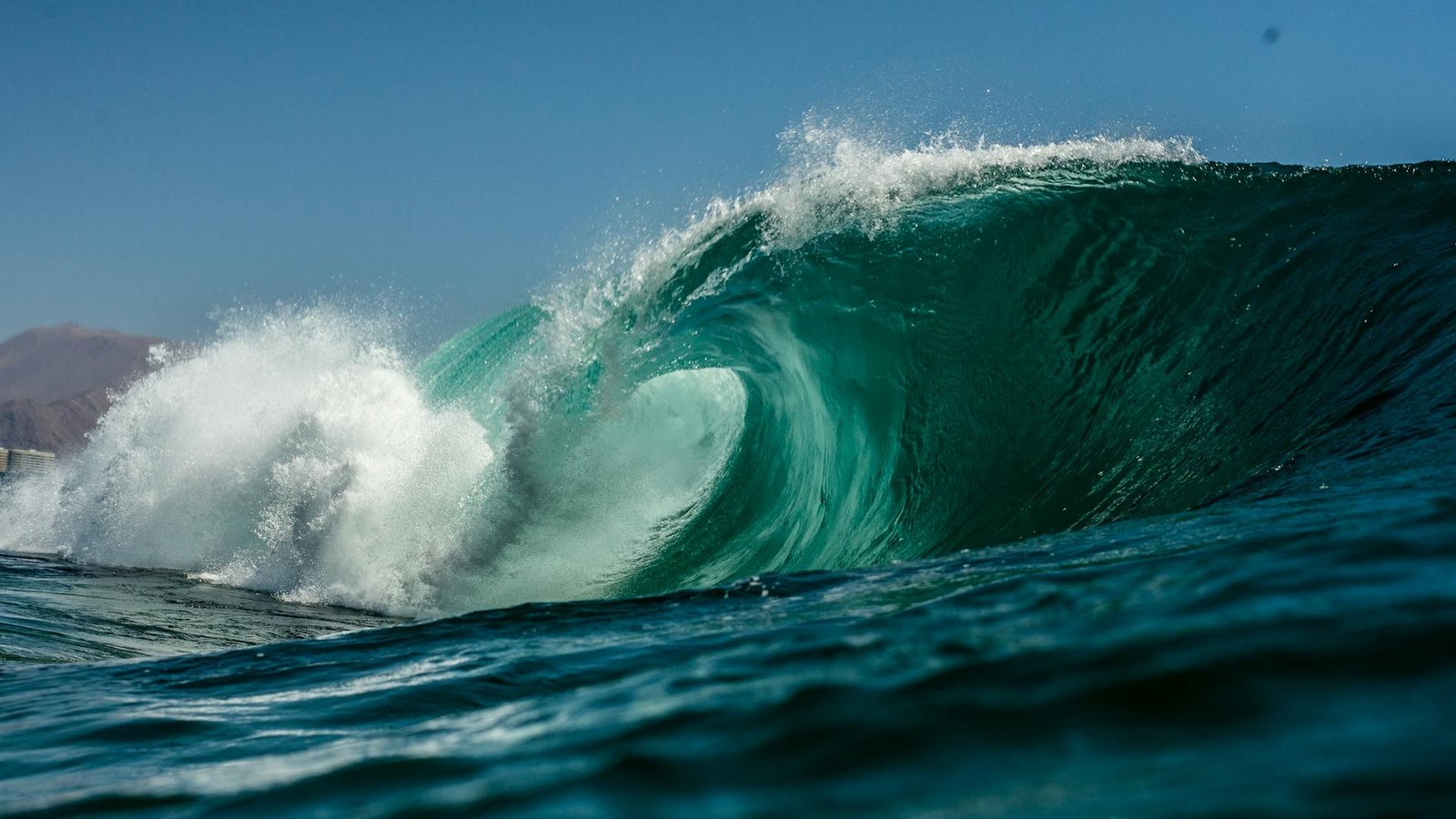
Sometimes the ocean produces monstrous waves that appear without warning. Known as rogue waves, these giants can rise over 80 feet tall and pose an extremely dangerous threat to ships and offshore platforms. Unlike tsunamis, they are not caused by earthquakes but by the combination of wind and current patterns.
Rogue waves were once thought to be rare or mythical, but modern instruments have confirmed their existence. They add to the ocean’s list of unpredictable events and reinforce the importance of continued marine monitoring.
Although unrelated to ocean catch-fire scenarios, rogue waves represent the raw power of the sea and its capacity for the unexpected.
Brinicles: Icy Fingers of Death
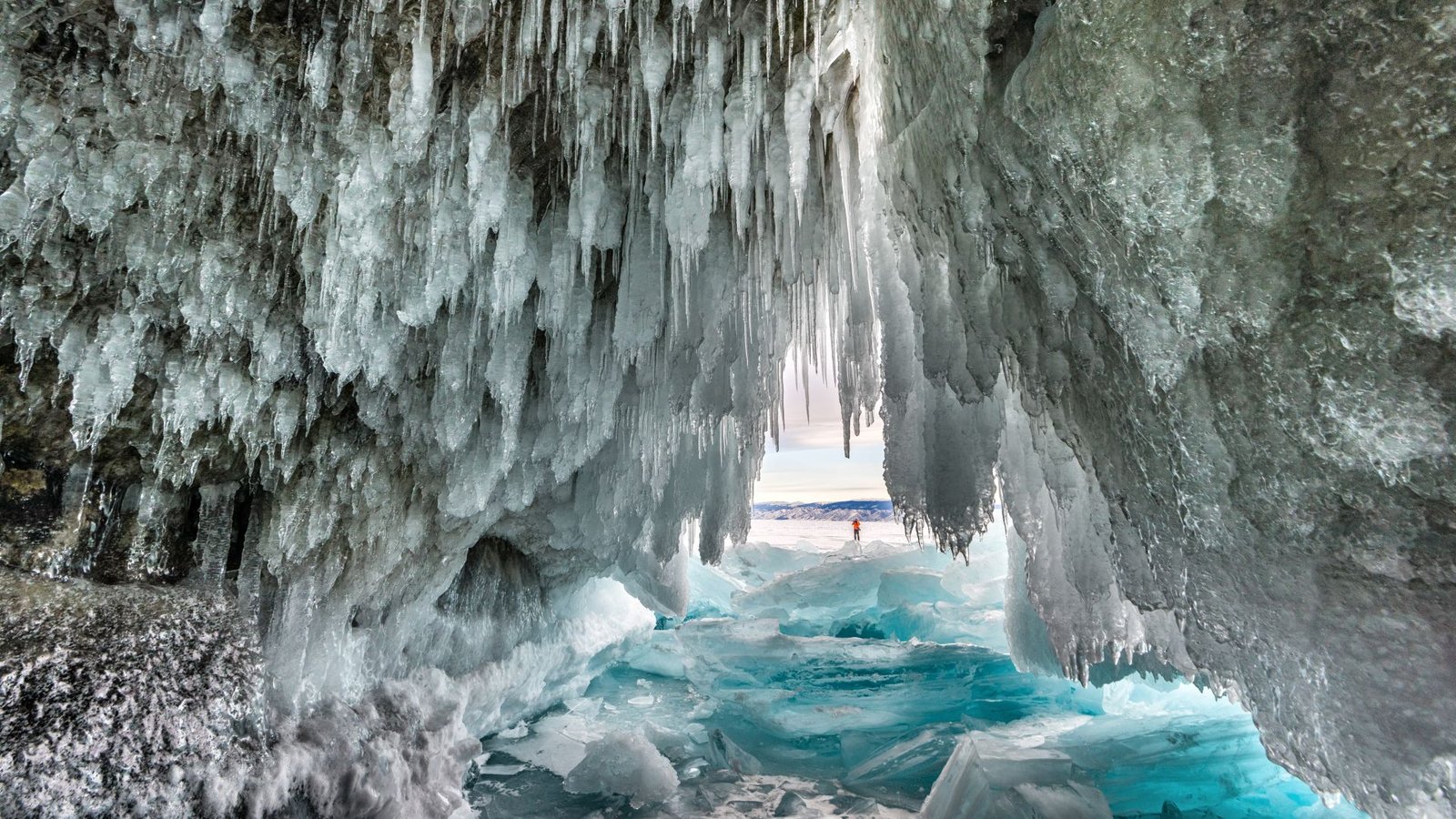
In polar waters, a bizarre sea event occurs, known as a brinicle, or “ice finger of death.” These form when cold, dense brine leaks from sea ice and sinks into the surrounding water. As it flows, it freezes everything it touches, including sea stars and other slow-moving organisms on the ocean floor.
The formation of a brinicle is a rare phenomenon that requires specific temperature and salinity conditions. Documented primarily in Antarctica, they are stunning examples of how the ocean can surprise even experienced scientists.
Brinicles have no relation to fire, but they stand as chilling counterparts in the ocean’s catalog of extremes.
Lightning Over the Sea: Storms and Sparks
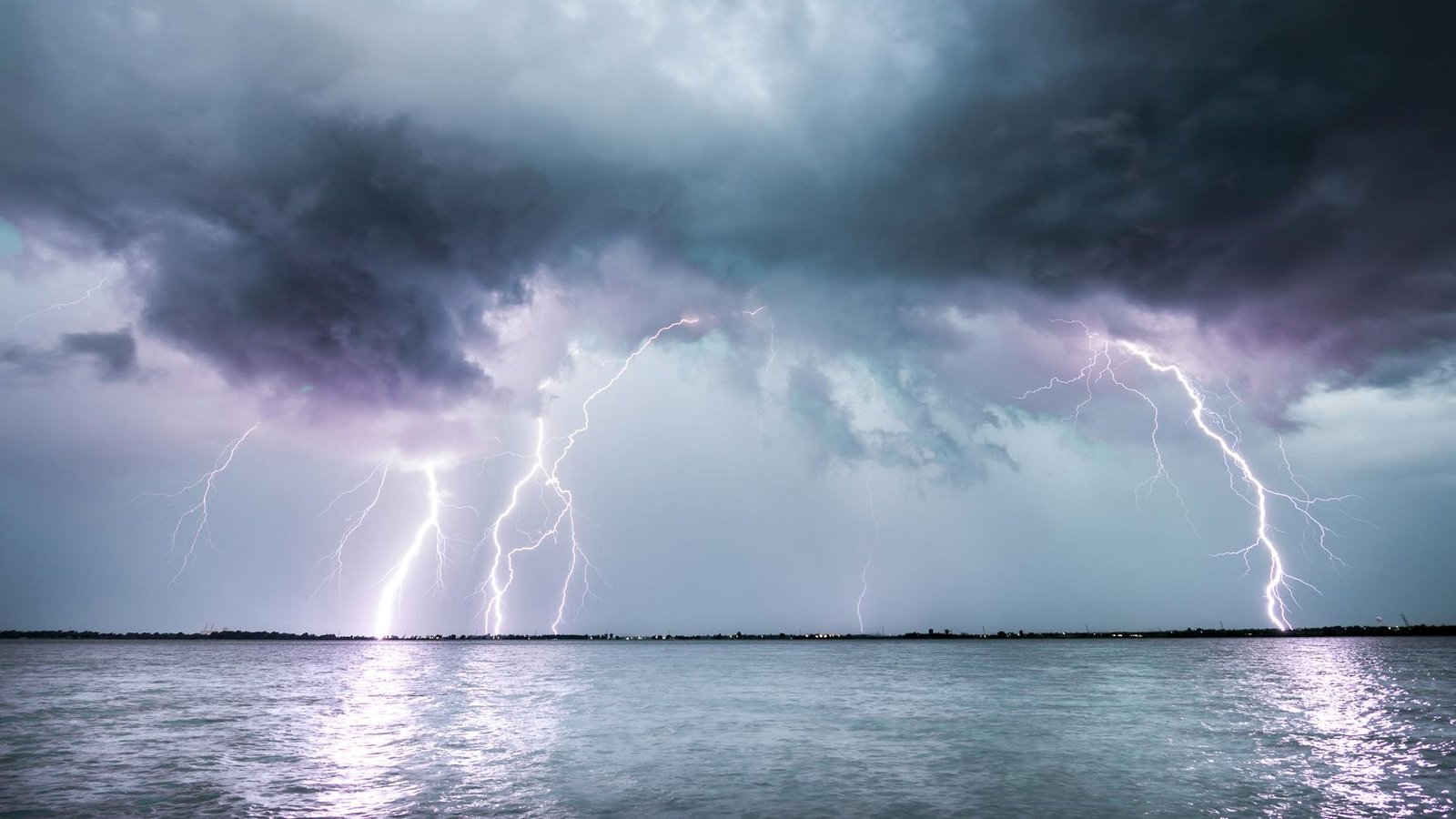
Lightning striking the ocean can lead to dramatic visuals, especially during severe weather. While it does not cause a lasting burning ocean, lightning can ignite floating oil slicks or gas bubbles near the surface under the right conditions.
Though brief, these flashes of light over the water are part of natural ocean lighting phenomena and show how storms interact with marine environments. Sailors have long respected the danger of lightning at sea, as it can affect navigation systems and even cause injuries onboard vessels.
Lightning and fire may not be regular features of the ocean, but they can occasionally overlap in rare and hazardous ways.
Final Thoughts

So, can the ocean catch fire? The answer is yes, but only under rare and specific circumstances involving flammable substances, such as oil or gas. While the ocean itself is not flammable, it can host fires under the right (or wrong) conditions. Beyond these fiery events, the sea is full of strange ocean phenomena that blur the lines between science and mystery.
From glowing waves and toxic red tides to icy brinicles and volcanic eruptions, our oceans continue to reveal surprising behavior. Understanding these strange sea events not only satisfies curiosity but also deepens our respect for the complexity and power of the marine world. If this topic fascinated you, explore more about bioluminescence, marine geology, and deep-sea discoveries to uncover even more of the ocean’s secrets.

